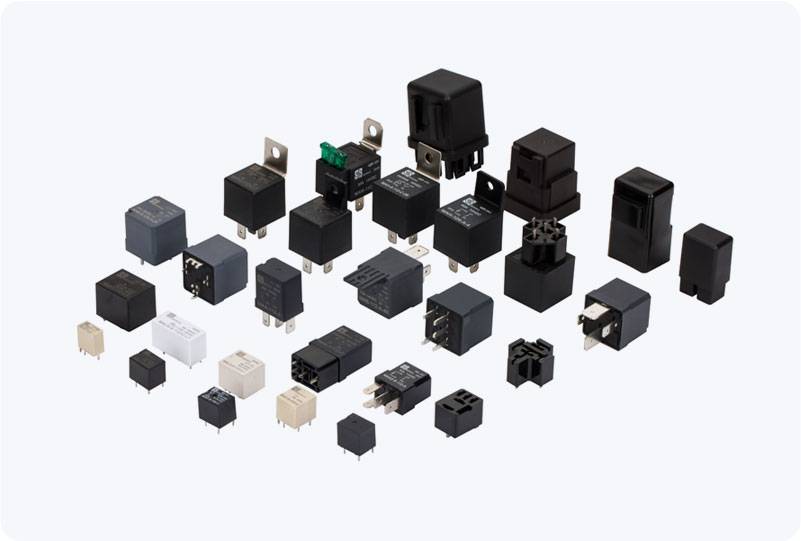High Current Relays are critical components in many industrial and electrical applications, serving as a bridge between control circuits and power circuits. These relays are designed to manage high levels of current, making them essential in circuits where large amounts of power need to be switched on or off. In this article, we will explore the key features, working principles, and various applications of high current relays, shedding light on their importance in the modern electrical infrastructure.

What is a High Current Relay? A High Current Relay is an electromechanical device used to control high-voltage and high-current circuits with a low-voltage control signal. It is essentially a switch that uses an electromagnet to open or close the contacts in a power circuit. These relays are designed to handle current levels much higher than standard relays, often in the range of hundreds of amperes. The use of high current relays is crucial in situations where switching large currents is necessary but a low-power control signal is preferred for safety and efficiency. Key Components of High Current Relays
Leave a Reply